YRE Competition 2017
Litter Less Campaign
15-18 years
The advertising field extends the most convincing invitation of a company to a potential client. A hypermarket from Romania is using annualy for advertising materials the wood which equals with a forest providing the necessary oxygen for a population as large as the one of Bacau town. Unfortunately, the need for obtaining profit has transformed in a monster which swallows the forest!
WHEN CUSTOMERS’ CALL IS NOT THE FOREST’S CALL
Most hypermarkets are using advertising brochures for selling their products, but some really exaggerate when having sales. Despite their being made of recyclable paper, such brochures a a big waste.
Between 14-20 December 2016, I have investigated the advertising materials of a hypermarket from Bacau, which issues a weekly 24-page brochure, in big size (35/52 cm). There are offers for 163 products, the number of products per page varying between none (page 20, 21, 22, 23) and 13 (page 7, 15, 18). I consider that is an unjustified waste of paper on pages where half of the content is useless -”Live the Christmas Fresh” followed by an image of a specific Christmas product, without price and the next half there are promoted between 1 and 9 products. This is also in 1st, 2nd, 4, 6, 8, 10, 12, 14, 16 and 24th page, so a total of 10 pages. This way, the mentioned 10 halves pages unnecessarily wasted pages sum 5 pages which could be economised.
If the total of 163 products were promoted properly, 10 or 11 per page, the brochure would be reduced to 16 pages, which means a cut of 33.3(3)%. The current paper which has 24 pages, weighs 100g and the new one would have 66.6(6) grams.
Fig. 1. - 100 grams of a tree life
According to some statistics realised in June 2015, even by the target company, every single Monday there are distributed in Romanian houses over than 4.3 millions of brochures. If they were more economically formatted, instead of 430 tons of paper, there would be used 286.638 tons, which means an economy of 143,362t, or 717-1003 trees which will be not be weekly cut (5-7 trees for a ton of paper). And this only in Romania, where there are over than 100 markets, when Europe has over than 1000 markets. I do not have updated information at the European level, but I consider that what is happening at the local level is outrageous.
For a total of 52 weeks of release of such promotional materials, 22 360 tons of paper are consumed. Even if it were the most widely read brochure in Romania, if designed in an environmentally friendly way, we could save between 37.284 and 52.156 trees each year. Is it much or little?
THE CITIZENS’ OPINION
I have designed a questionnaire and found the opinion of 25 citizens from Bacau city who accepted to answer 5 questions (fig. 2).
Fig. 2. Completed questionnaires
Thus, found out that 72% of the people questioned do their shopping in one particular hypermarket and 28% don’t . 48% answered that they receive the supermarket brochure and 52% don’t. When asked if they read it, 20% answered that they always do this, 44% rarely, 32% never and 4% didn’t answer. 80% agreed with the material reducing by removing the blanks and the huge images, 12% disagreed and 8% didn’t answer (graph 1).
Answering the question ”What are you doing when the offer is no longer available?” I have found the following: 16% throw it, 44% use it in different purposes, 25% give it to be recycled and 15% didn’t answer (graph 2).
Graph 1. Do people wish the folder to be shortened? Graph 2. The whither of the folder
Analising the questionnaire, a lot of the hypermarket clients (32%) do not read the brochure. What is more, a lot of materials are delivered to uninhabited houses. In the block of flats in which I live, from 20 flats, 5 are not inhabited, so 25% do not have a consignee. Most respondents consider that the folder should be reduced (80%), even though 44% reuse them in other ways (for packaging, for animals, putting shoes on them etc.) and 25% recycle it. What is worrying is that 16% throw it away, whereas 44% who use them in other ways ignore that dirty or wet paper could not be recycled. Thus, assuming that 16% Romanian people throw away the advertising brochures, we obtain a value of 688 000 papers which reach the paper basket every week nationwide, or 68 800 kilos, summed at the end of every year 3 577 600 kilos, which is really concerning.
THE COMPANY REACTION
The study results of and the suggestion of recycling paper were communicated to the hypermarket (via e-mail) on 5th of February 2017. On February 9th, we received a response from the Broadcasting Department Director, who agreed with the ecological outlines mentioned in our suggestion so a project has been implemented for the paper recycle, project which will be also present in Bacau (fig. 3). On February 17th, I received another e-mail, this time from the Public Relations Department.
Fig. 3. Screenshots of the messages received via e-mail from the company
COULD WE GET RID OF THE MONSTER?
In conclusion, at our country level, there are are some solutions to be taken such as:
Reducing the page number by removing the unnecesary blanks or the over-sized images
Having a more efficient advertising distribution
Suggesting at the end of the brochure that it would be helpful for the environment if the population recycled it
Promoting the market and the products electronically (e-mail or text message)
In the interval 27.02-27.03.2017 I received smaller brochures from the hypermarket targeted, so I consider that the study has reached its goal. The company’s reaction was positive and I believe that, every year, a small forest could be saved from the WASTE monster’s teeth.
BIBLIOGRAPHY: https://www.kaufland.ro/Home/05_Compania/007_publicitate_prin_kaufland/_Bilder/kaufland_servicii_publicitare.pdf
Author: Bîre Iulia-Gabriela (Romania)



